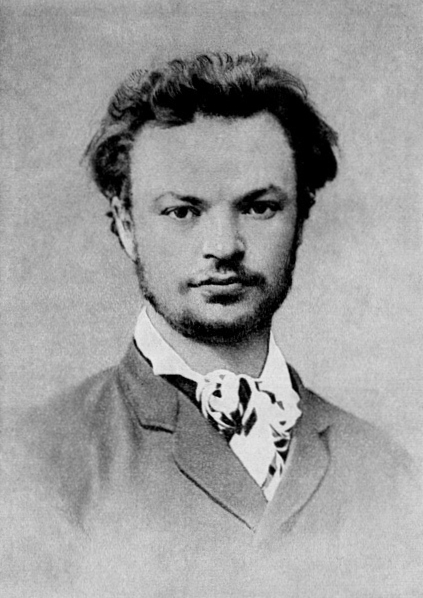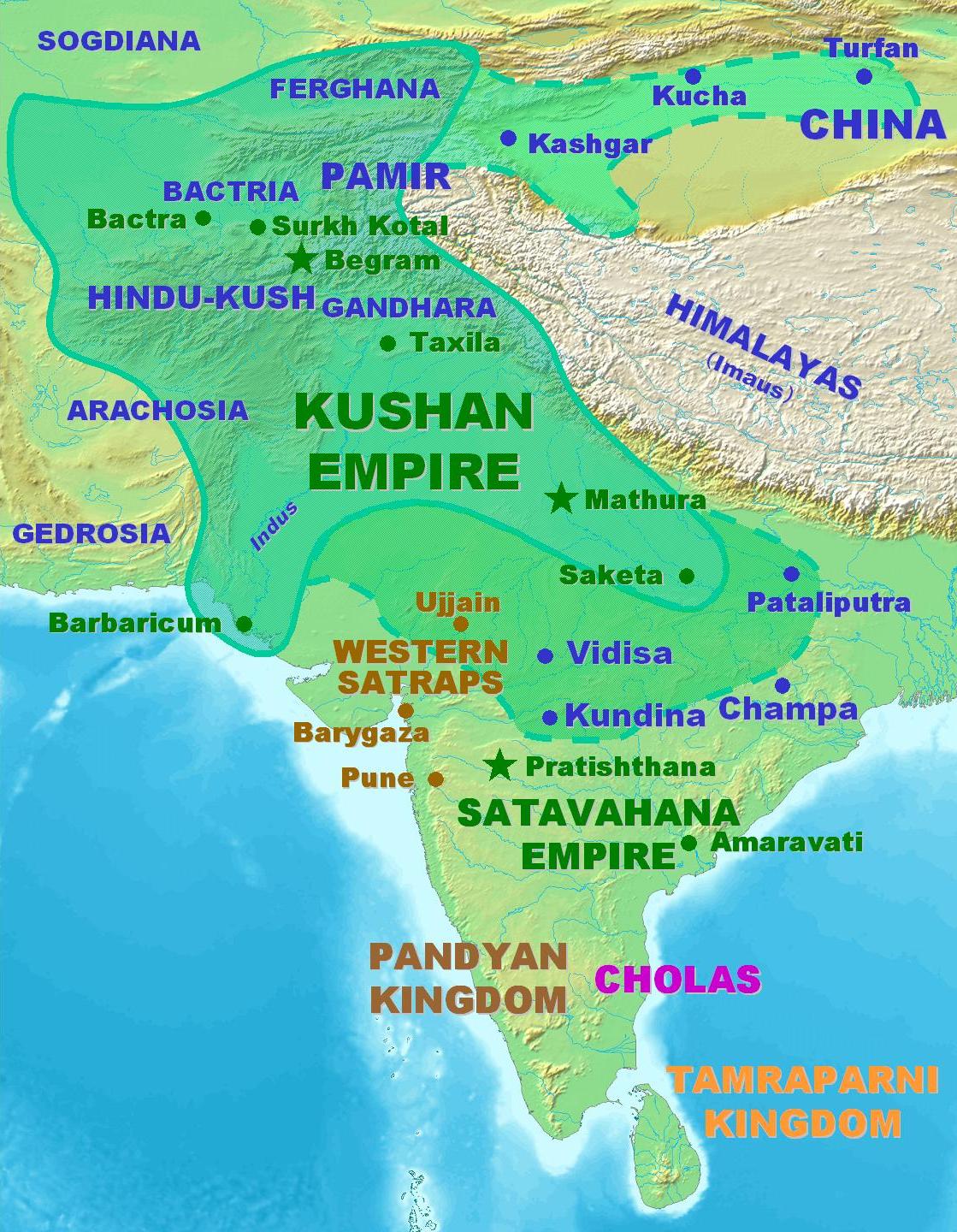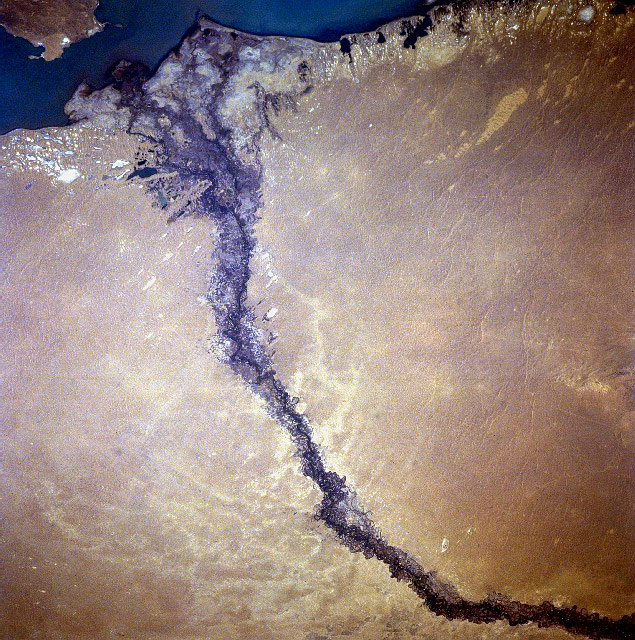|
Henry Lansdell
Henry Lansdell (10January 18414October 1919) was a nineteenth-century British priest in the Church of England. He was also a noted explorer and author. Life Born in Tenterden, Kent, Lansdell was the son of a schoolmaster and home schooled before attending St John's College in Highbury, north London. He then studied at the London College of Divinity before his ordination as a deacon in 1868 and his assignment as a curate in Greenwich. He subsequently became secretary to the Irish Church Missions (1869–79) and founder and honorary secretary of the Homiletical Society (1874–86). He established the ''Clergyman's Magazine'' in 1875, which he edited until 1883. After spending holidays in Europe, Lansdell began long and often arduous journeys to little-known parts of Asia. He distributed multi-lingual religious tracts and bibles provided by London missionary societies wherever he went, most notably in prisons and hospitals in Siberia and central Asia. Lansdell had considerable ... [...More Info...] [...Related Items...] OR: [Wikipedia] [Google] [Baidu] |
Kokand
Kokand ( ) is a city in Fergana Region in eastern Uzbekistan, at the southwestern edge of the Fergana Valley. Administratively, Kokand is a district-level city, that includes the urban-type settlement Muqimiy. The population of Kokand was approximately 259,700. The city lies southeast of Tashkent, west of Andijan, and west of Fergana. It is nicknamed "City of Winds". Kokand is at the crossroads of the two main ancient trade routes into the Fergana Valley, one leading northwest over the mountains to Tashkent, and the other west through Khujand. As a result, Kokand is the main transportation junction in the Fergana Valley. Etymology The city's name is in conformity with other Central Asian cities that sport the element ''kand/kent/qand/jand'', meaning "a city" in Sogdian as well as other Iranic languages. The Khwarazmian version was ''kath'', which is still found in the name of the old city of Akhsikath/ Akhsikat in the Fergana Valley of Uzbekistan. The prefix ''khu ... [...More Info...] [...Related Items...] OR: [Wikipedia] [Google] [Baidu] |
Sergey Stepnyak-Kravchinsky
Sergey Mikhaylovich Stepnyak-Kravchinsky (; 13 July 1851 – 23 December 1895), known in 19th-century London revolutionary circles as Sergius Stepniak, was a Russian revolutionary. He is mainly known for assassinating General Nikolai Mezentsov, chief of Russia's Gendarme corps and head of secret police, with a dagger in the streets of St. Petersburg in 1878. Early life Stepniak, the son of an army doctor and a noblewoman, was born on in Novy Starodub, Aleksandriya uezd, Kherson Governorate, Russian Empire (now in Ukraine). He received a liberal education, and when he left school, he went on to attend the Military academy and graduated from the Mikhailovsky Artillery Institute before joining the Imperial Russian Army. He reached the rank of second lieutenant before resigning his commission in 1871. Revolutionary life His sympathy lay with the peasants, among whom he had lived during his boyhood in the country, which led him to develop democratic, and later revolutiona ... [...More Info...] [...Related Items...] OR: [Wikipedia] [Google] [Baidu] |
Dalai Lama
The Dalai Lama (, ; ) is the head of the Gelug school of Tibetan Buddhism. The term is part of the full title "Holiness Knowing Everything Vajradhara Dalai Lama" (圣 识一切 瓦齐尔达喇 达赖 喇嘛) given by Altan Khan, the first Shunyi King of Ming dynasty, Ming China. He offered it in appreciation to the Gelug school's then-leader, Sonam Gyatso, who received it in 1578 at Yanghua Monastery. At that time, Sonam Gyatso had just given teachings to the Khan, and so the title of Dalai Lama was also given to the entire tulku lineage. Sonam Gyatso became the 3rd Dalai Lama, while the first two tulkus in the lineage, the 1st Dalai Lama and the 2nd Dalai Lama, were posthumously awarded the title. Since the time of the 5th Dalai Lama in the 17th century, the Dalai Lama has been a symbol of unification of the state of Tibet. The Dalai Lama was an important figure of the Gelug tradition, which was dominant in Central Tibet, but his religious authority went beyond sectarian bo ... [...More Info...] [...Related Items...] OR: [Wikipedia] [Google] [Baidu] |
Archbishop Of Canterbury
The archbishop of Canterbury is the senior bishop and a principal leader of the Church of England, the Primus inter pares, ceremonial head of the worldwide Anglican Communion and the bishop of the diocese of Canterbury. The first archbishop was Augustine of Canterbury, the "Apostle to the English", who was sent to England by Pope Gregory the Great and arrived in 597. The position is currently vacant following the resignation of Justin Welby, the List of Archbishops of Canterbury, 105th archbishop, effective 7 January 2025.Orders in Council, 18 December 2024, page 42 During the vacancy the official functions of the office have been delegated primarily to the archbishop of York, Stephen Cottrell, with some also undertaken by the bishop of London, Sarah Mullally, and the bishop of Dover, Rose Hudson-Wilkin. From Augustine until William Warham, the archbishops of Canterbury were in full communion with the Catholic Church and usually received the pallium from the pope. During the ... [...More Info...] [...Related Items...] OR: [Wikipedia] [Google] [Baidu] |
Baltistan
Baltistan (); also known as Baltiyul or Little Tibet, is a mountainous region in the Pakistani-administered territory of Gilgit-Baltistan and constitutes a northern portion of the larger Kashmir region that has been the subject of a dispute between India and Pakistan since 1947. It is located near the Karakoram (south of K2) and borders Gilgit to the west, China's Xinjiang to the north, Indian-administered Ladakh to the southeast, and the Indian-administered Kashmir Valley to the southwest. The average altitude of the region is over . Baltistan is largely administered under the Baltistan Division. Prior to the partition of British India in 1947, Baltistan was part of the princely state of Jammu and Kashmir, having been conquered by Gulab Singh's armies in 1840. Baltistan and Ladakh were administered jointly under one ''wazarat'' (district) of the state. The region retained its identity in this setup as the Skardu ''tehsil'', with Kargil and Leh being the other two ''tehs ... [...More Info...] [...Related Items...] OR: [Wikipedia] [Google] [Baidu] |
Kashgar
Kashgar () or Kashi ( zh, c=喀什) is a city in the Tarim Basin region of southern Xinjiang, China. It is one of the westernmost cities of China, located near the country's border with Kyrgyzstan and Tajikistan. For over 2,000 years, Kashgar was a strategically important oasis on the Silk Road between China, the Middle East, and Europe. It is one of the oldest continuously inhabited cities in the world and has a population of 711,300 people (). Kashgar's urban area covers , although its administrative area extends over . At the convergence point of widely varying cultures and empires, Kashgar has been under the rule of the Chinese, Turkic, Mongol and Tibetan empires. The city has also been the site of a number of battles between various groups of people on the steppes. Now administered as a county-level city, Kashgar is the administrative centre of Kashgar Prefecture, which has an area of and a population of approximately 4 million . Kashgar was declared a Special Economic ... [...More Info...] [...Related Items...] OR: [Wikipedia] [Google] [Baidu] |
Lake Balkash
Lake Balkhash, also spelt Lake Balqash (, , ), is a lake in southeastern Kazakhstan, one of the largest lakes in Asia and the 15th largest in the world. It is located in the eastern part of Central Asia and sits in the Balkhash-Alakol Basin, an endorheic (closed) basin. The basin drains seven rivers, the primary of which is the Ili, bringing most of the riparian inflow; others, such as the Karatal, bring surface and subsurface flow. The Ili is fed by precipitation, largely vernal snowmelt, from the mountains of China's Xinjiang region. The lake currently covers about . However, like the Aral Sea, it is shrinking due to diversion and extraction of water from its feeders. The lake has a narrow, quite central, strait. The lake's western part is fresh water and its eastern half is saline. The eastern part is on average 1.7 times deeper than the west. The largest shore city is named Balkhash and has about 66,000 inhabitants. Main local economic activities include mining, ore p ... [...More Info...] [...Related Items...] OR: [Wikipedia] [Google] [Baidu] |
Leeds Mercury
The ''Leeds Mercury'' was a newspaper published in Leeds, West Yorkshire, England. It was published from 1718 to 1755 and again from 1767. Initially it consisted of 12 pages and cost three halfpennies. In 1794 it had a circulation of about 3,000 copies, and in 1797 the cost rose to sixpence because of increased stamp duty. It appeared weekly until 1855, then three times a week until 1861 when stamp duty was abolished and it became a daily paper costing one penny. Edward Baines (1774–1848) bought the paper in 1801, and his son Sir Edward Baines (1800–1890) succeeded him as editor and proprietor. In 1923 the ''Leeds Mercury'' was acquired by the Yorkshire Conservative Newspaper Company Limited (now Yorkshire Post Newspapers), publishers of the '' Yorkshire Post'', but it continued to be published as a separate title until 26 November 1939, after which a combined paper was published as the ''Yorkshire Post'' with the ''Mercury'' name kept as a subtitle for some years. The m ... [...More Info...] [...Related Items...] OR: [Wikipedia] [Google] [Baidu] |
Xinjiang
Xinjiang,; , SASM/GNC romanization, SASM/GNC: Chinese postal romanization, previously romanized as Sinkiang, officially the Xinjiang Uygur Autonomous Region (XUAR), is an Autonomous regions of China, autonomous region of the China, People's Republic of China (PRC), located in the Northwest China, northwest of the country at the crossroads of Central Asia and East Asia. Being the List of Chinese administrative divisions by area, largest province-level division of China by area and the List of the largest country subdivisions by area, 8th-largest country subdivision in the world, Xinjiang spans over and has about 25 million inhabitants. Xinjiang Borders of China, borders the countries of Afghanistan, India, Kazakhstan, Kyrgyzstan, Mongolia, Pakistan, Russia, and Tajikistan. The rugged Karakoram, Kunlun Mountains, Kunlun and Tian Shan mountain ranges occupy much of Xinjiang's borders, as well as its western and southern regions. The Aksai Chin and Trans-Karakoram Tract regions ... [...More Info...] [...Related Items...] OR: [Wikipedia] [Google] [Baidu] |
Yarkant County
Yarkant County,, United States National Geospatial-Intelligence Agency also Shache County,, United States National Geospatial-Intelligence Agency also transliterated from Uyghur as Yakan County, is a county in the Xinjiang Uyghur Autonomous Region, China, located on the southern rim of the Taklamakan Desert in the Tarim Basin. It is one of 11 counties administered under Kashgar Prefecture. The county, usually referred to as Yarkand in English, was the seat of an ancient Buddhist kingdom on the southern branch of the Silk Road and the Yarkand Khanate. The county sits at an altitude of and had a population of . The fertile oasis is fed by the Yarkand River, which flows north down from the Karakorum mountains and passes through the Kunlun Mountains, known historically as the Congling mountains (lit. 'Onion Mountains' - from the abundance of wild onions found there). The oasis now covers , but was likely far more extensive before a period of desiccation affected the region ... [...More Info...] [...Related Items...] OR: [Wikipedia] [Google] [Baidu] |
Hotan
Hotan (also known by other names) is a major oasis town in southwestern Xinjiang, an autonomous region in Northwestern China. The city proper of Hotan broke off from the larger Hotan County to become an administrative area in its own right in August 1984. It is the seat of Hotan Prefecture. With a population of 408,900 (2018 census), Hotan is situated in the Tarim Basin some southwest of the regional capital, Ürümqi. It lies just north of the Kunlun Mountains, which are crossed by the Sanju, Hindutash and Ilchi passes. The town, located southeast of Yarkant County and populated almost exclusively by Uyghurs, is a minor agricultural center. An important station on the southern branch of the historic Silk Road, Hotan has always depended on two strong rivers, the Karakash River and the White Jade River, to provide the water needed to survive on the southwestern edge of the vast Taklamakan Desert. The White Jade River still provides water and irrigation for the town and o ... [...More Info...] [...Related Items...] OR: [Wikipedia] [Google] [Baidu] |
British Newspaper Archive
The British Newspaper Archive website provides access to searchable digitized archives of British and Irish newspapers. It was launched in November 2011. History The British Library's Newspapers section was based in Colindale in north London until 2013, and is now divided between the St Pancras and Boston Spa sites. The library has an almost complete collection of British and Irish newspapers since 1840. This is partly because of the legal deposit legislation of 1869, which required newspapers to supply a copy of each edition of a newspaper to the library. London editions of national daily and Sunday newspapers are complete back to 1801. In total, the collection consists of 660,000 bound volumes and 370,000 reels of microfilm containing tens of millions of newspapers with 52,000 titles on 45 km of shelves. After the closure of Colindale in November 2013, access to the 750 million original printed pages was maintained via an automated and climate-controlled storage fac ... [...More Info...] [...Related Items...] OR: [Wikipedia] [Google] [Baidu] |







